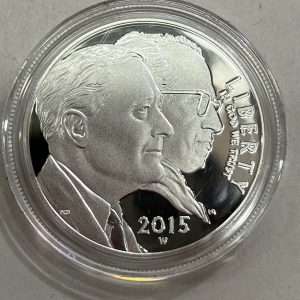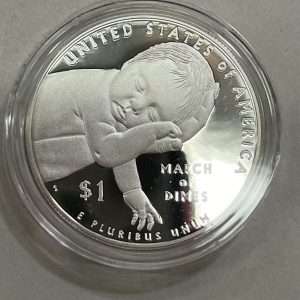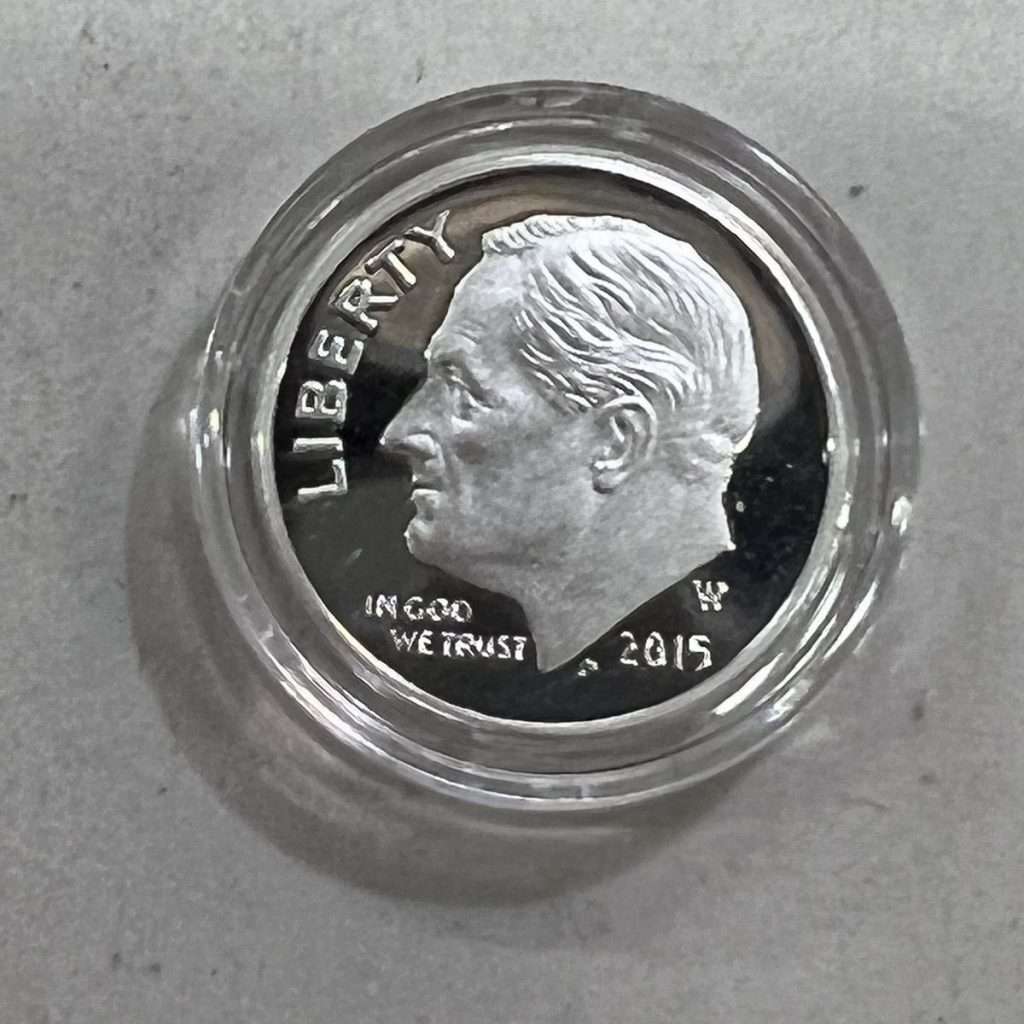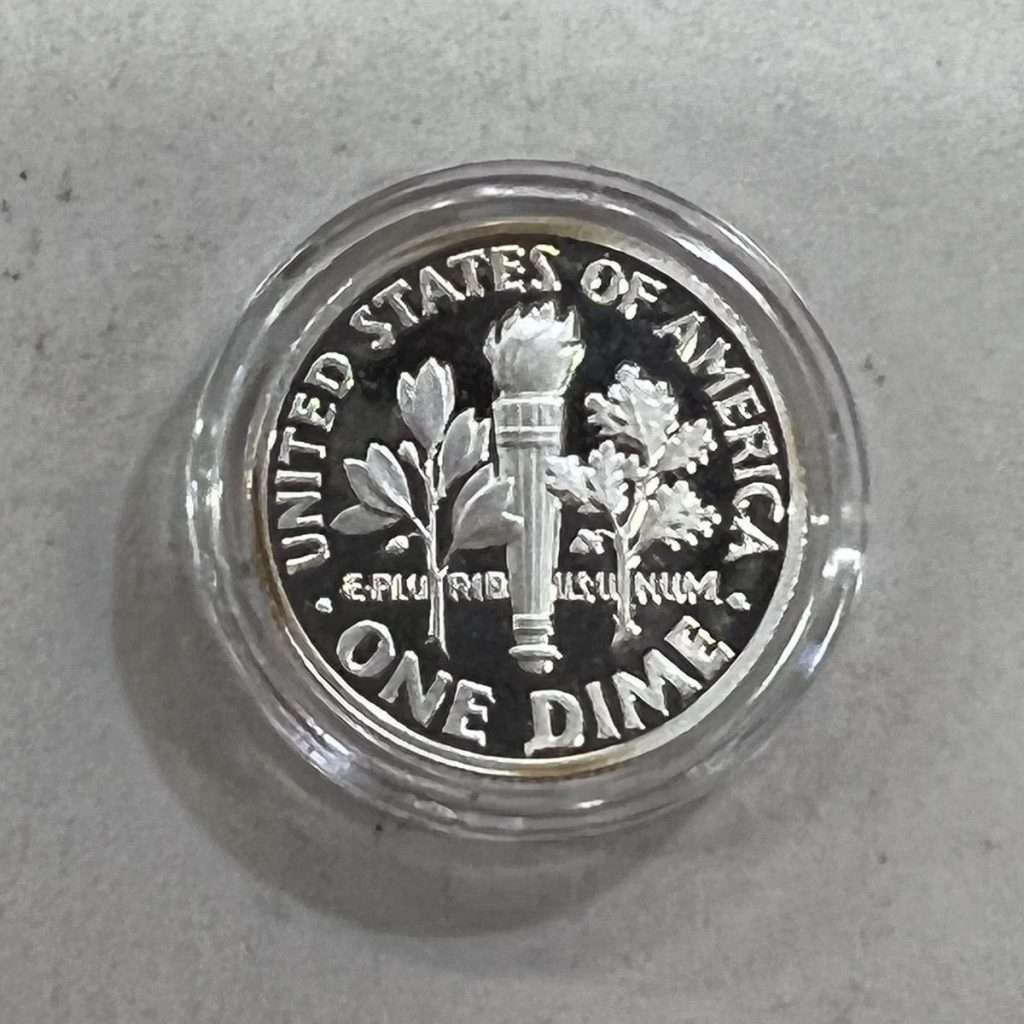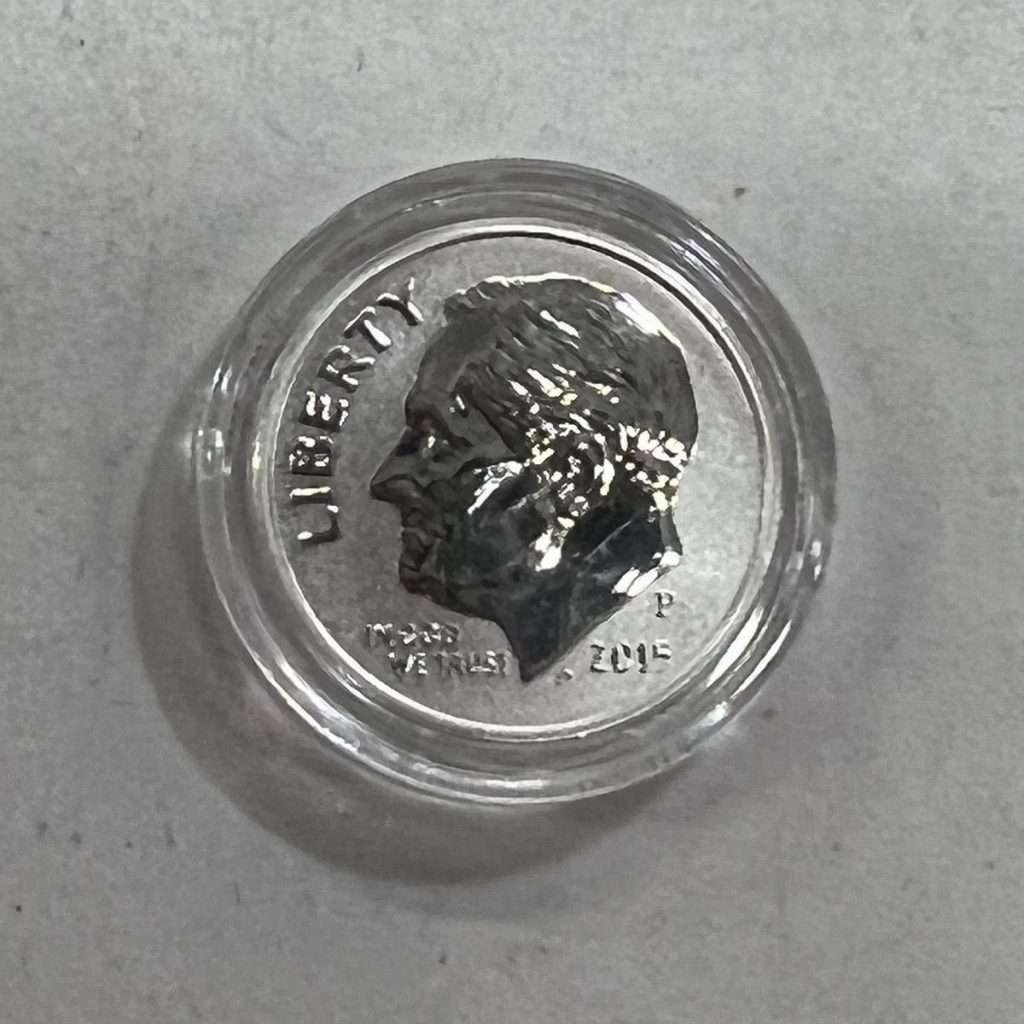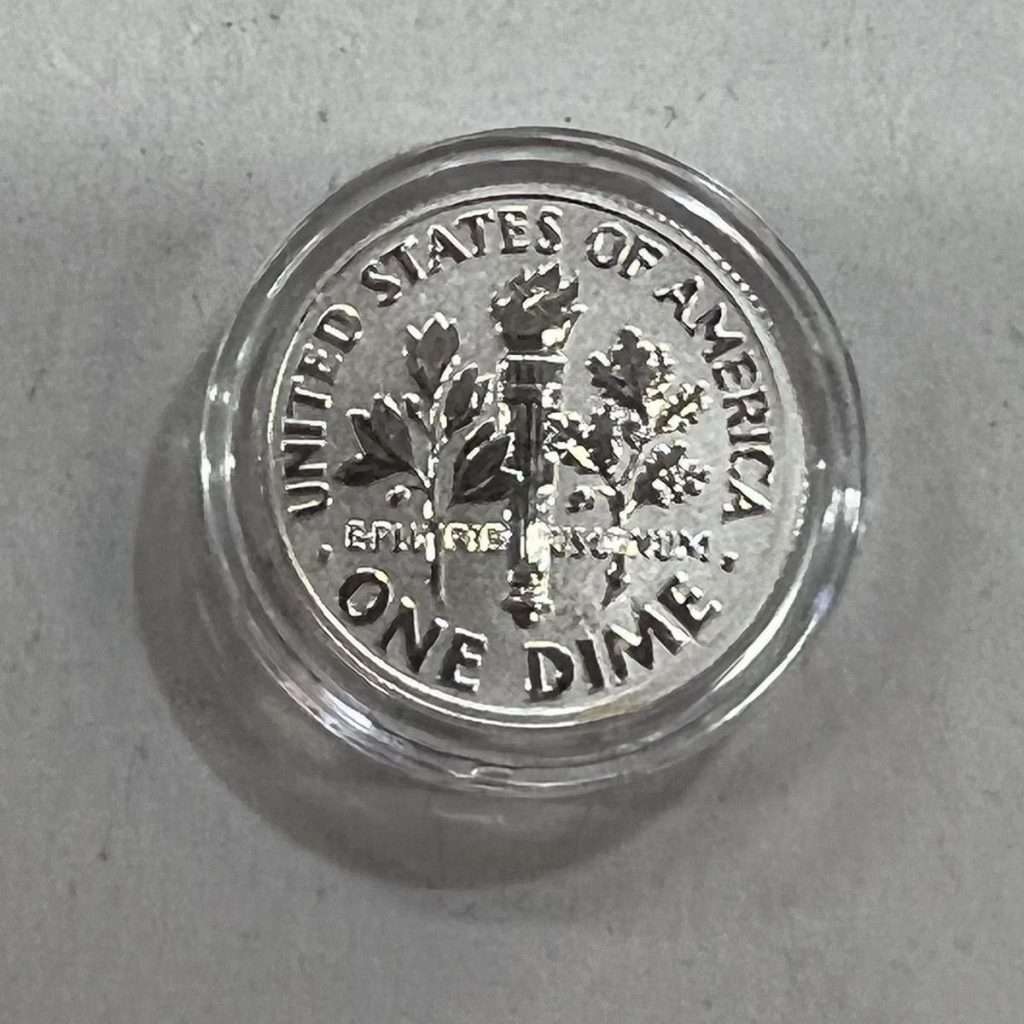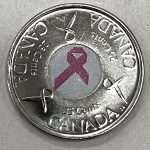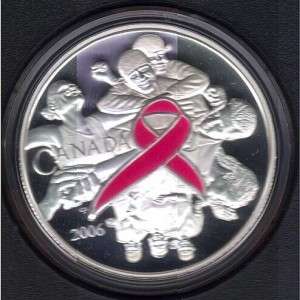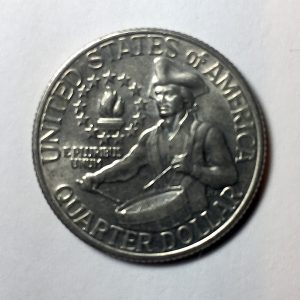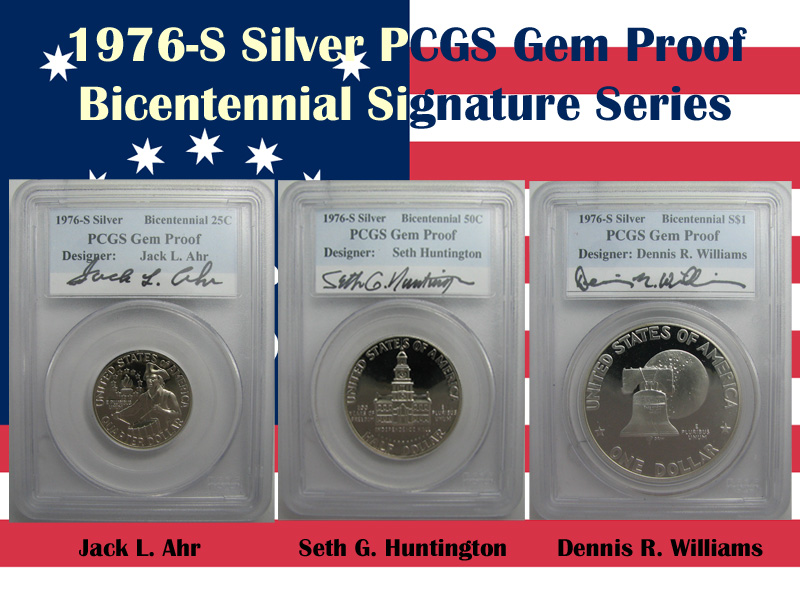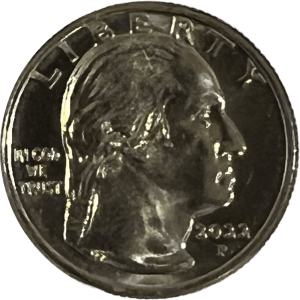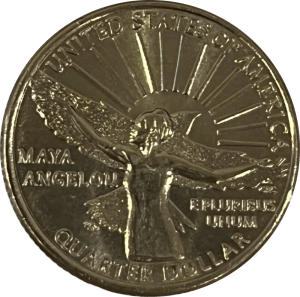Newly Proposed Hotshot Commemorative Legislation
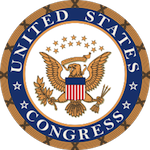 Last month, Rep. Paul Gosar (R-AZ) introduced a bill (H.R. 8244) to create a 2023 commemorative coin program to honor the Granite Mountain Hotshots.
Last month, Rep. Paul Gosar (R-AZ) introduced a bill (H.R. 8244) to create a 2023 commemorative coin program to honor the Granite Mountain Hotshots.
“Hotshots” are elite firefighters that specialize in the containment of wildfires. On June 28, 2013, lighting ignited the Yarnell Hill Fire on a ridge west of Yarnell, Arizona, and the fire spread rapidly. Firefighters from the Granite Mountain Interagency Hotshot Crew were deployed to assist with the containment of the fire. On June 30, 2013, 19 members of the Granite Mountain Hotshots died while attempting to contain the fire. Only one survived.
If passed, the commemorative set will include a $5 gold coin, silver dollar, and clad half-dollar. The bill sets mintage limits are 100,000 gold coins, 400,000 silver dollars, and 750,000 clad half-dollars.
The bill sets the surcharges at $35 for each of the $5 gold coins sold, $10 for each silver dollar, and $5 for each clad half-dollar. Proceeds will be paid to the Yarnell Fire District to help with wildfire prevention and wildfire education.
If the program sells out, the Yarnell Fire District will receive $11.25 million from the sale of the commemoratives.
H.R. 8244: Granite Mountain Hotshots Commemorative Coin Act
Weekly World Numismatic News for April 24, 2022
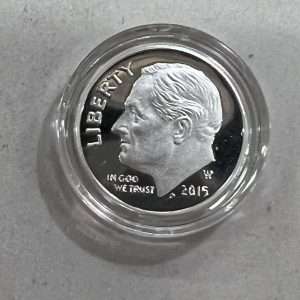 National Coin Week wraps up this weekend, celebrating coin designs. One thing that has been constant throughout the 21st century is changing coin designs. It started with the 50 State Quarters program and has affected every circulating coin except the half-dollar and the dime.
National Coin Week wraps up this weekend, celebrating coin designs. One thing that has been constant throughout the 21st century is changing coin designs. It started with the 50 State Quarters program and has affected every circulating coin except the half-dollar and the dime.
Although the design has lasted more than 25 years, it is not likely that the Treasury Department will change the design. The story of the JFK assassination continues to resonate with a significant sector of the population, and Kennedy’s popularity remains.
Franklin D. Roosevelt’s appearance on the dime is different. Roosevelt helped create the March of Dimes, and following his death, Congress decided that adding his portrait to the dime was the best way to honor the late president. Since its release in 1946, the dime’s design has not changed.
The Roosevelt Dime is the smallest coin produced by the U.S. Mint. Changes to the design may not display as well. When John Sinnock designed the coin’s reverse, the similarity with the Mercury dime was not a coincidence. Aside from the symbolism, the U.S. Mint knows the design will strike well on a small planchet.
While the ability to strike the designs continues to be a concern, modern technology could help produce a suitable design. The problem is, what would make an appropriate design?
Until someone in Congress proposes a bill to change the dime’s design, it will remain the longest-running design on U.S. coins.
And now the news…
 → Read more at mining.com
→ Read more at mining.com
 → Read more at malaysiandigest.com
→ Read more at malaysiandigest.com
 → Read more at ancient-origins.net
→ Read more at ancient-origins.net
 → Read more at dailymail.co.uk
→ Read more at dailymail.co.uk
 → Read more at ancient-origins.net
→ Read more at ancient-origins.net
Collecting Because of the Design
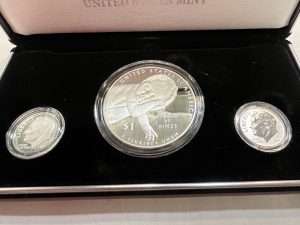 Since National Coin Week is celebrating coin designs, we can recognize that the coin design can be a factor in collecting the coin. Let’s look at a coin in my collection only because of its design.
Since National Coin Week is celebrating coin designs, we can recognize that the coin design can be a factor in collecting the coin. Let’s look at a coin in my collection only because of its design.
Commemorative coins are a fundraising mechanism. An organization convinces a member of Congress to submit a bill to create a commemorative coin that will raise money. The authorizing legislation usually is tied to a milestone, even if it is late, so there is something to promote.
Although people collect commemorative coins, I collect those with subjects that interest me. But there was one commemorative coin I purchased because of the design. My collection includes the 2015 March of Dimes Commemorative Coin Set because of the coin’s design.
Produced for the celebration of the March of Dimes Foundation’s 75th anniversary, the design is a phenomenal work of art. It is the most appropriate image for any modern commemorative coin.
President Franklin D. Roosevelt created the National Foundation for Infantile Paralysis, now called the March of Dimes) in 1938 to fund research to cure polio. FDR fought the painful effects of polio throughout his life. After Drs. Jonas Salk and Albert Sabin developed a very effective vaccine, the Foundation changed its mission to prevent birth defects, prematurity, and infant mortality.
Fortunately, my family has not been touched by the issues that March of Dimes looks to correct, but it is a worthy cause to champion. Otherwise, it is not something that has personal meaning. But the reverse design is compelling.
The reverse was designed by Don Everhart and described on the U.S. Mint’s website, “The reverse (tails) design depicts a baby cuddled in the hand of a parent, representing the foundation’s dedication to the health of babies everywhere.” It is one of the most powerful images on a commemorative coin.
When I decided to add a version to my collection, I waited until the commemorative silver set was available. The set contains the commemorative silver dollar, a proof Roosevelt Dime, and a reverse-proof Roosevelt Dime. It was the reverse-proof dime that made the set attractive. The best-looking coins of the last ten years were reverse-proof and enhanced uncirculated coins.
Although the reverse proof and enhanced uncirculated are in the manufacturing processes, the final results highlight the coin’s design in a way that could not happen with any other process.
This set is included in my collection because of the phenomenally inspirational design of the reverse of the commemorative silver dollar and the reverse-proof silver dime.
Other Country’s Coin Designs
The Royal Canadian Mint issued the 2004 Remembrance Day poppy 25-cents coin, the world’s first colorized circulating coin. The RCM produced 30 million coins featuring a red poppy on the reverse. The RCM expanded the program in 2008 for the 90th anniversary of the end of World War I with other collectibles.
In 2006, the RCM partnered with the Canadian Breast Cancer Foundation to create a pink ribbon colorized coin. The pink ribbon is the symbol of hope and awareness for breast cancer. Talking about breast cancer also brings awareness to all cancers.
According to the National Cancer Institute, one-in-three people have been diagnosed with cancer or a direct relative diagnosed with cancer. Cancer is the second leading cause of death in the United States, and my family was reduced by someone who died of cancer, including my first wife.
Although I have a collection of Canadian coins, I have an uncirculated pink ribbon 25-cents coin as part of a personal remembrance collection. It is a collection that represents places and people in my past. The Canada Pink Ribbon 25-cents coin and silver commemorative are part of that collection in memoriam to Elisa and my other relatives who lost their battles with cancer.My story is also a reminder that you do not have to collect in the way others recommend. You do not have to fill blue, brown, or green books with coins or the lists produced by someone else, and you can collect based on the topics that mean something to you. Go out and enjoy your collection!
My First Coin Design Change and Celebration
After the introduction of the Eisenhower Dollar, the first design change came in 1975 for the bicentennial. In the 1970s, celebrating the bicentennial was a significant event. The planning began in the last 1960s and picked up in 1972. The entire nation planned for a celebration that spread across every community.
The American Revolution Bicentennial Administration logo was everywhere, including the official medals the U.S. Mint produced. But that is not all the U.S. Mint produced as part of the bicentennial celebration.
In 1973, Congress passed the law allowing the U.S. Mint to change the reverse design of the quarter, half-dollar, and dollar coins to honor the bicentennial in 1975 and 1976. The coins will be dated 1776-1976 before they revert to their original designs.
My first introduction to a design change was the Drummer Boy reverse on the Washington Quarter. I liked the design more than the original eagle design on the reverse, and it continues to be one of my favorite designs.
As a collector and a newly minted driver, I saved money from my after-school jobs to purchase uncirculated coins and the sets with the bicentennial coins.
In 2001, there was a reunion of the artists who created the designs. Jack Ahr (quarter), Seth Huntington (half-dollar), and Dennis Williams (dollar) attended the celebration. PCGS had the three artists sign labels inserted into slabs with proof versions of the coins they designed. I was able to pick up a set on the aftermarket.
Because of the hype, and the potential to increase seigniorage, the U.S. Mint overproduced these coins. They also made proof and silver proof sets so plentiful that they remained on sale through 1986. The U.S. Mint ended up melting over 600,000 sets.
Suggested Reading: To learn more about the legislation that created the Bicentennial coinage program, read “14 Bits: The Story of America’s Bicentennial Coinage” by David Ganz (ISBN 978-0914478638).
The Bicentennial celebration was a national event to remember. Nearly every community issued medals. The Bureau of Engraving and Printing joined in and changed the reverse of the $2 Federal Reserve Note to an interpretation of John Trumbull’s Declaration of Independence. The BEP issued the notes on April 13, 1976, and it is possible to find uncirculated notes postmarked on that date. July 4, 1976, is another popular postmark for bicentennial collectibles, especially postmarks from Philadelphia.
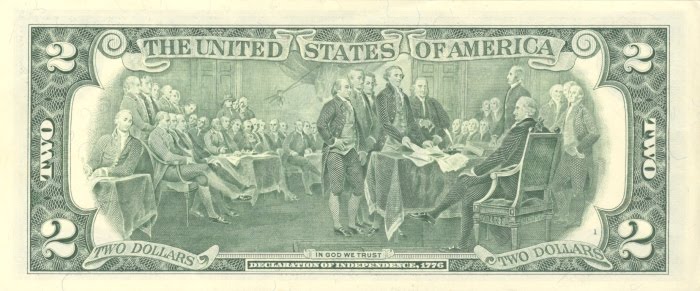
Reverse of the Series 1976 $2 Federal Reserve Note features an engraved modified reproduction of the painting The Declaration of Independence by John Trumbull.
Even though the circulating commemorative was generally successful, the concept would not return until the beginning of the 50 State Quarters program in 1999.
Weekly World Numismatic News for April 17, 2022
Welcome to National Coin Week 2022!
For the next week, the theme of National Coin Week is Dynamic Designs, Artistic Masterpieces celebrating the designs on coins. I cannot think of any numismatic topic that will lead to a more heated discussion than coin designs. Whether it is about the design selected for a quarter, commemorative coin, or classic versus modern designs, coin designs can be a polarizing topic. Even the topic of colorization has caused some to have a visceral reaction.
This week, I will be celebrating coin designs. During the week, I will celebrate coin designs from my collection, and they will be designs that I find appealing and the reason why I like them.
Today I start with the newest design that has piqued the interest of collectors and potential new collectors, the Maya Angelou Quarter. Angelou appears on the first issue of the American Woman Quarters program, a four-year program celebrating the contributions and accomplishments of women in United States History.
Maya Angelou’s appearance on the quarter also marks the first time an African-American woman has appeared on a U.S. coin. Her first famous book, “I Know Why the Caged Bird Sings,” inspired the design. It is the first time the general public has talked about a U.S. coin since the beginning of the 50 State Quarters program.
The obverse features a portrait of George Washington designed by Laura Gardin Fraser in 1932. When the U.S. Mint moved to change the quarter’s design to honor the bicentennial of George Washington’s birthday. A competition was held for the design. Fraser’s design was selected by the Commission of Fine Arts (CFA) as the best representation of Washington for the coin. Unfortunately, Treasury Secretary Andrew Mellon, a known misogynist, rejected Fraser’s design and selected the art of John Flannigan instead.
The 1999 George Washington $5 gold commemorative coin featured Laura Gardin Fraser’s design. The American Women on Quarters program will feature her design. To sum up the impact of the design, the following is from the 1932 letter from the CFA to Secretary Mellon:
And now the news…
 → Read more at news.abplive.com
→ Read more at news.abplive.com
 → Read more at the-sun.com
→ Read more at the-sun.com
